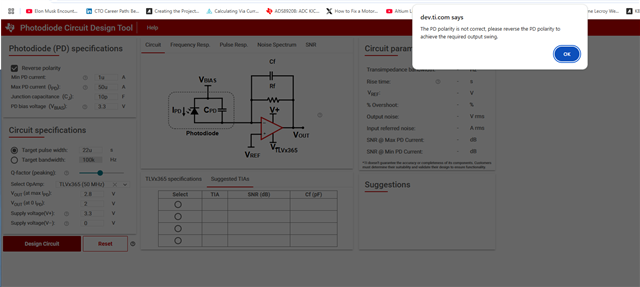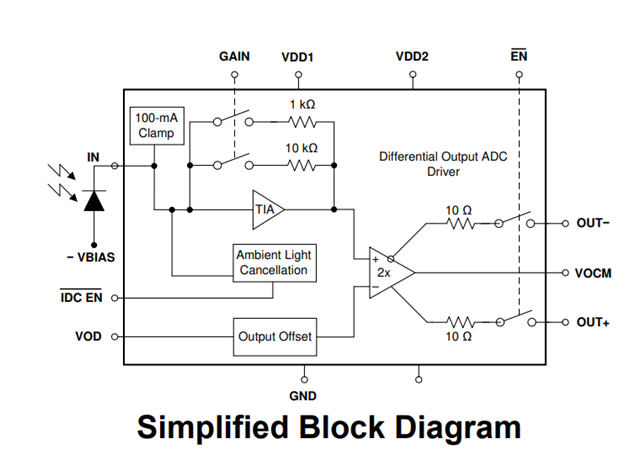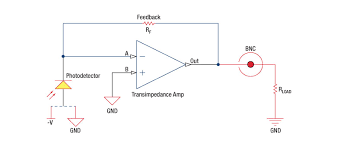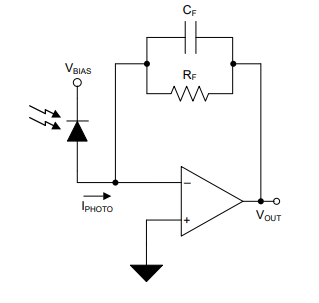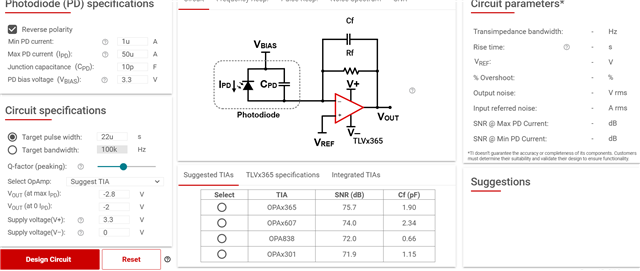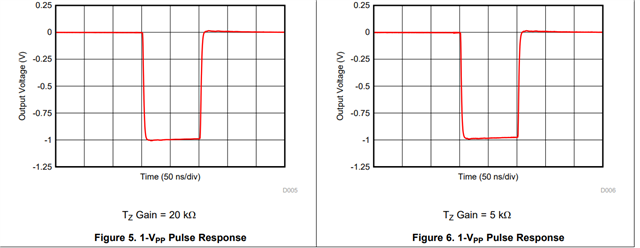Other Parts Discussed in Thread: LMH32401, OPA857, OPA855
Tool/software:
Dear Team,
My circuit is given below.
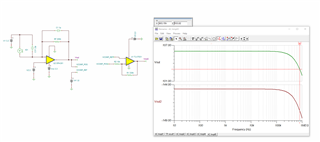
I used this equation for calculating the bandwidth of the TIA.

My RF is 200K and Cd is 1.3pF(diode) + 9pf (Opamp input capacitance).
After calculation I am getting a value of 11Mhz and simulated value is 800K.
May I know why such a difference.
Regards
HARI


